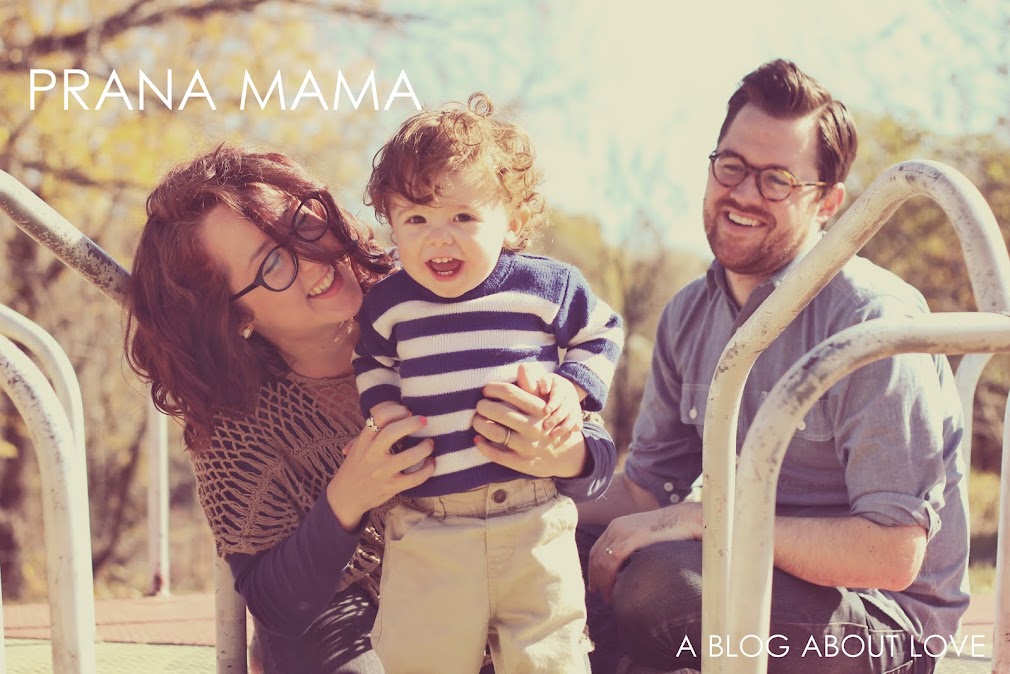Prana Vayu
Prana vayu is the fundamental energizing force inside of each of us. It governs all that comes into us, from air and food to ideas or perceptions, such as how a certain song makes us feel or what kind of impression we get after meeting someone for the first time. As it works with respiration and reception, prana is most active in the region of the lungs and heart. It provides motivating energy and vitality.
The prana vayu is what spurs us to be adventurous and to allow us to be more open to what is around us as well as within us, aiding in heightened sensitivity to external forces and inner awareness. It allows us to see the world in all of it's amazing glory while anchoring our inner focus and calm.
However, if prana vayu is out of balance we may suffer from cravings, fall prey to bad habits, and wrestle with a restless mind.
---
Asana for Prana Vayu via Yoga International
The following mini-sequence supports the intake of prana vayu and helps maximize the effectiveness of pranayama by creating strength, alignment, and activation through the upper body. You’ll benefit most from this sequence when preceding it with standing poses and seated forward bends, and following it with twists, inverted poses, and a systematic relaxation.
1. Parivritta janu shirshasana
(revolved head-to-knee pose)

Sit with the spine straight and the legs spread wide apart. Fold the right foot into the inner left groin. Wrap the right arm behind the waist and fold to the left from the left hip crease, keeping the spine neutral and looking straight ahead. Press the left forearm or hand onto the left leg or onto the floor beside the leg. Firm the lower belly to stabilize the lumbar spine, and roll the sternum toward the sky, keeping the shoulder blades drawn down and the collarbones wide. Then stretch the right arm up and alongside the ear, turning the chin over the shoulder. Draw the right sit bone down and feel the stretch along the right side of the body. Breathe into this opening, taking care not to collapse on the left side, and pressing the left leg into the floor to support the pose. Hold, keeping your attention on the fullness and ease of breath, and lift gently out of the pose when the opening feels complete. Repeat on the other side.
2. Adho mukha shvanasana
(downward-facing dog pose)

Cross your legs, lean forward into your hands, and lift the pelvis as you straighten the arms and legs into downward-facing dog. Press the hands strongly into the floor to lift the sit bones. Keep the heels up or the knees bent if the back of the legs are tight, so you can lengthen the line from the sit bones through the center of the hands. Broaden the tops of the shoulders and collarbones as you push the floor away.
3. Downward-facing plank pose

From downward-facing dog, press up onto the balls of the feet, shift your weight forward over the shoulders as you lift your chest between your arms, and lower the pelvis in line with the chest. Press the palms evenly into the floor, and activate the shoulders by rotating the forearms inward and the upper arms outward. Flatten the shoulder blades against the back as you draw them away from the ears. Reach back through the inner edges of the heels and draw both the lower abdomen and the sacrum deeper into the body to stabilize the pelvis in a neutral position. Hold with steady even breathing for 5 or more breaths, then lower down to the floor.
4. Urdhva mukha shvanasana
(upward-facing dog pose)

Stretch the legs back and press the tops of the feet into the floor. Place the palms on the floor and straighten the arms to lift the chest and pelvis (the hands should now be directly under the shoulders). Draw the chest forward and up, and reach the legs back to anchor the pelvis and support the lower back. Press the hands down as you spin the shoulders back and draw the upper spine toward the front of the body. Keep the back of the neck long as you take the head back slightly. Hold for several breaths, keeping the whole body strongly active, and feel the rib cage expand to the sides, back, and front. Then press back to downward-facing dog or child’s pose and breathe into the back.
5. Gomukhasana
(cow’s face pose)

From your hands and knees, cross the right knee behind the left and sit back on the right heel. (Alternatively, sit between the feet.) Wrap the right arm behind the waist and draw the right elbow toward the midline with the left hand. Then stretch the left arm overhead, bend the elbow, and clasp the right hand. If the hands don’t reach, either draw the right elbow toward the spine with the left hand, or draw the left arm back with the right hand. Firm the legs, draw the lower abdomen in, keep the spine neutral, and look straight ahead as you focus on the breath in the lower ribs for 5 to 10 breaths. Repeat on the other side.
---
As recommended above, I typically do this sequence after a few simple standing poses, following with seated twists, and ending with relaxation. Focusing on the upper body this sequence can easily help you open up prana vayu and all that it has to offer.
Namaste.
Tara

No comments:
Post a Comment